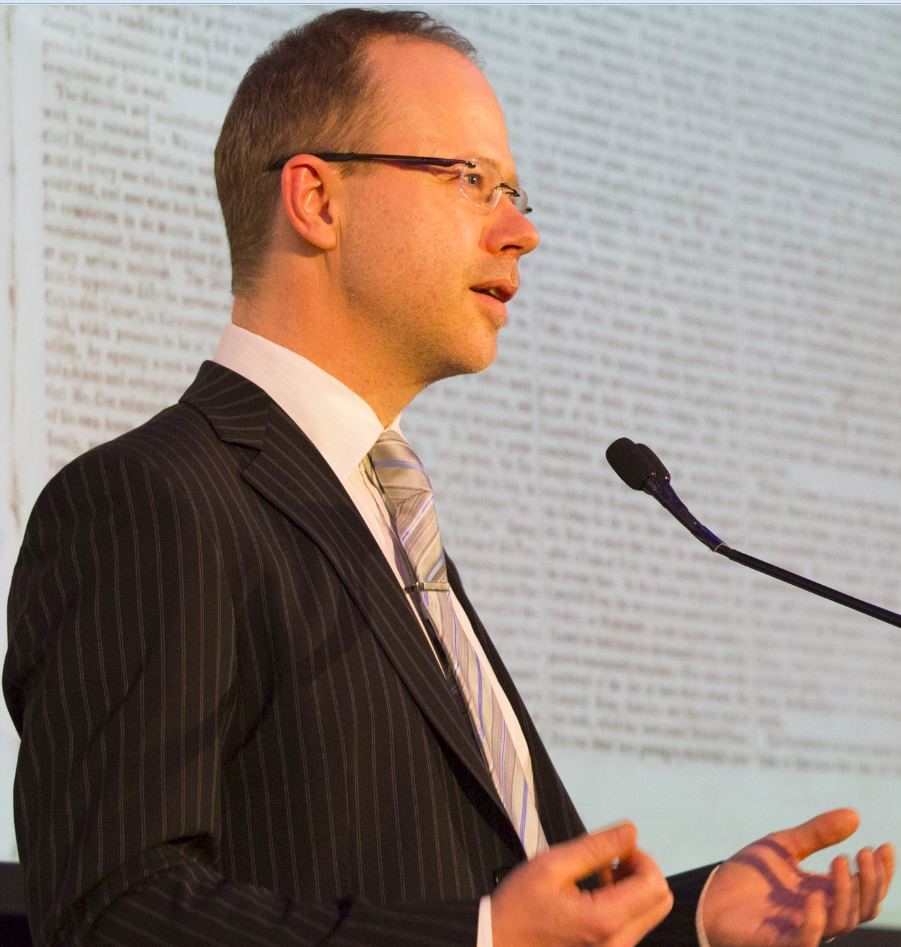The uptake of Web 2.0 services at the start of this century has brought new freedoms in terms of museums’ relationship with the public. Historically, museums, like so many institutions, have understood their role as containing, controlling and regulating public interaction with a protected and guarded resource. Authority has been generated through this controlled interaction. The very notion of mediated access rests on the intermediary role of curators and institutions. However, social media now facilitates far greater dialogue between experts and the public, levelling the traditional hierarchies and moving from the one-way information flow to a two-way relationship. Today online communities of interest give new value to the electronic dimension of institutions, sustaining the interest base and attracting visitors through the door. The changing nature of museums, bringing with them shifting notions of curatorship, has prompted radical changes in museum practices. Museums are not only guardians but are entrepreneurs – linking, facilitating and marketing collections.
These fundamental changes in the roles of museums and their curators, driven by the digital revolution, have also cast light on a wider issue: all major institutional frameworks and hierarchies are being rethought and dismantled. Cultural institutions are lowering the walls that have guarded reputations, collections, and whole fields of inquiry, facilitating new kinds of engagement. The circulation of information outside of the walls of the museum – or university, or library or art gallery – is now just as important as the specialist knowledge held within, and this in turn is blending familiar notions of outreach with publication and dissemination of online content. The benefits for the public and for the institutions themselves of this spectacular and sudden democratisation of knowledge through social media and the Internet more generally, are obvious. Museums were quick to take up the opportunities presented by digital technology and were pioneers and innovators in developing interactive installations to engage visitors. Museums continue to be innovators, embracing new modes of digital delivery and display (both in the physical settings of museums and online). Yet as museum practice evolves and formats for digital display of history in museum settings change, the core responsibility for ensuring accuracy, relevance, clarity and quality remains.
[extract]
Arthur, Paul Longley. “Engaging Collections and Communities: Technology and Interactivity in Museums.” In Proceedings of the Digital Humanities in the Nordic Countries 3rd Conference, edited by Eetu Mäkelä, Mikko Tolonen and Jouni Tuominen, 250–62. Helsinki: University of Helsinki, 2018. CEUR Workshop Proceedings 2084, http://ceur-ws.org/Vol-2084. ISSN 1613-0073.






